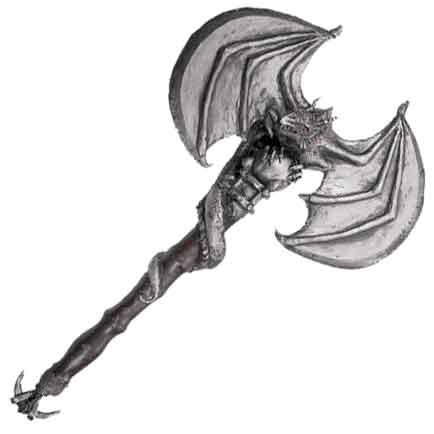

Howard Reid claims the name and role descend from the Latin Draconarius. It has also been suggested that the name derives from the German "tragen" or the Dutch "dragen", both being the verb "to carry" in their respective languages. It is also sometimes claimed a galloping infantryman with his loose coat and the burning match resembled a dragon. The practice comes from a time when all gunpowder weapons had distinctive names, including the culverin, serpentine, falcon, falconet, etc.

The name possibly derives from an early weapon, a short wheellock, called a dragon because its muzzle was decorated with a dragon's head. However Mansfeld, who had learned his profession in Hungary and the Netherlands, often used horses to make his foot troops more mobile, creating what was called an "armée volante" (French for flying army).ĭuring the Spanish Conquest of Peru in the 16th century, conquistadors fought on horse with arquebuses, prefiguring the origin of European dragoons. There are other instances of mounted infantry predating this.

According to old German literature, dragoons were invented by Count Ernst von Mansfeld, one of the greatest German military commanders, in the early 1620s. It is also suggested the first dragoons were raised by the Marshal de Brissac in 1600. In 1552, Alexander Farnese, Duke of Parma mounted several companies of infantry on pack horses to achieve surprise, another example being that used by Louis of Nassau in 1572 during operations near Mons in Hainaut, when 500 infantry were transported this way. The establishment of dragoons evolved from the practice of sometimes transporting infantry by horse when speed of movement was needed. Cartoon of a French dragoon intimidating a Huguenot in the dragonnades


 0 kommentar(er)
0 kommentar(er)
